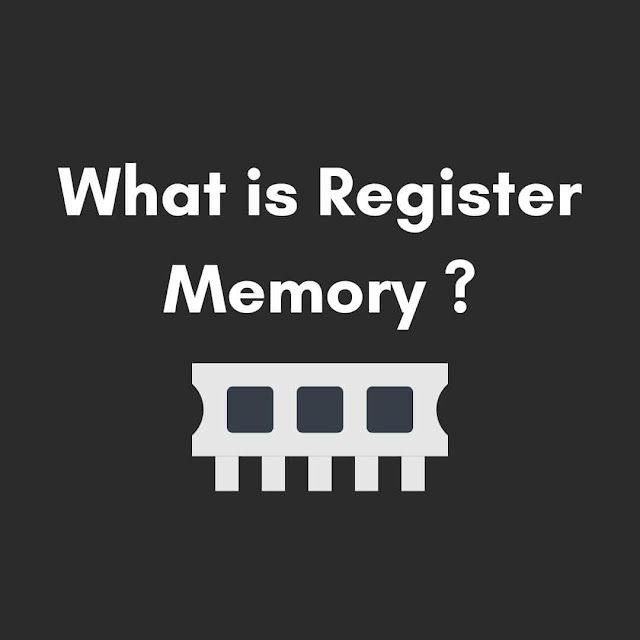Computer memory where information and instructions are stored, in addition to primary memory, secondary memory and cache memory, there is also Register memory in the computer system, about which most people do not know, so today we will learn about What is register in computer.
What is Register Memory?
In a computer system, Register memory is the smallest but the fastest memory in terms of size. The computer processor can access Register Memory directly because register memory is a part of the processor itself.
Registers are very small data Holding elements that store instructions, memory addresses, and frequently used data by the processor. All types of data pass through these registers before being processed. Data entered by the user is passed through the register. CPU uses registers to process.
Registers can store very small data whose size is in bits, the speed of any CPU depends on the size and number of registers present in it.
Types of Register in Computer
There are many types of registers present in the computer system, which have their own utility, but you can read below about some of the most commonly used registers.
Memory Address Register (MAR)
Memory address register is used to fetch data and instructions from memory so that CPU can follow those instructions CPU uses memory address register to read and store data Addresses are stored in MAR from which the central processing unit Can easily access that memory location.
Memory Data Register (MDR)
The memory data register is part of the control unit. This register is used to store the data stored in computer memory such as RAM memory or the data read from there. MDR works like a buffer where the data used by the processor is stored. The data is kept in the first information memory data register before going to the decoder. MDR is a two-way register.
Program Counter
The program counter is also called instruction address register (IAR) and instruction counter (IC). The program counter holds the memory address of the next instruction to be executed in the system and as soon as the current instruction completes, the processor detects the location of the next instruction from the PC. With its help, instructions are executed one by one.
Accumulator Register
It is a 16 Bit register which is used to store the results produced by the computer system, such as whenever the CPU processes an instruction and provides the results, they are stored in the AC register itself.
Instruction register
The instruction register is also a 16-bit register, all the instructions that have to be executed by the CPU are stored in this register by fetching the instruction code from the main memory, after which the central processing unit executes those instructions by reading them from the IR register.
Conclusion
There are four types of memory in a computer system on the basis of size, in which Register Memory is the smallest but very fast, their size is only a few bits, they are made with the processor, that is why the processor is able to access them directly. Through this I have told you about Register Memory.
Apart from these, there are many other registers, but these are the most used, I hope you have got complete information about What is Register and Register Memory in Computer.

